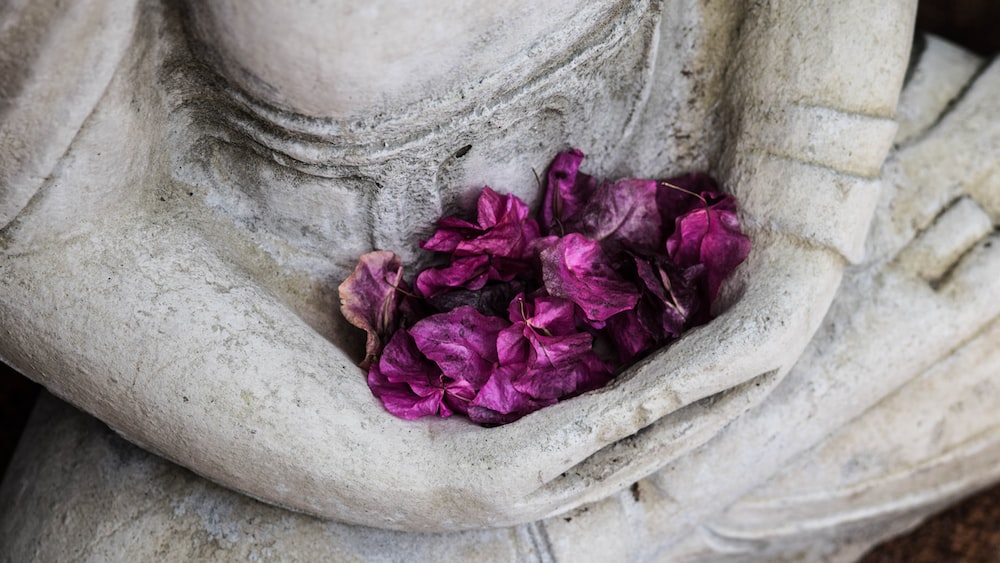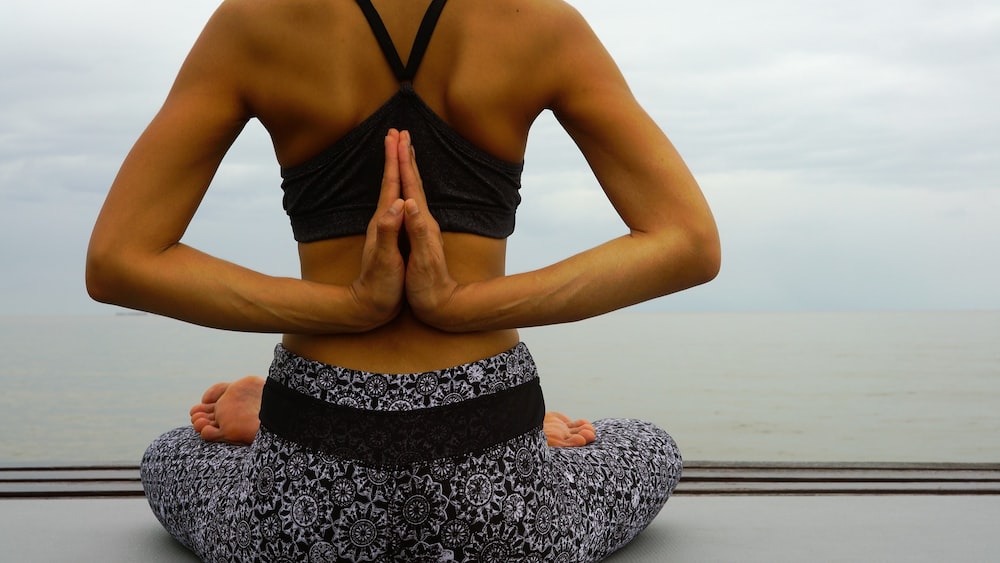21 Quick Mindfulness Activities: Boost Your Mood Now
Welcome to the world of mindfulness, where we learn to embrace the present moment and cultivate inner peace, focus, and well-being. Are you ready to embark on this transformative journey? In this blog post, we will introduce 21 quick mindfulness activities that can help you boost your mood, relieve stress, and improve your overall mental health. These activities are designed to be simple and accessible, so you can easily incorporate them into your busy schedule.
The beauty of mindfulness is that it can be practiced anytime, anywhere. Whether you’re at work, at home, or on-the-go, these activities will enable you to reconnect with yourself and your surroundings in a meaningful way. So, without further ado, let’s dive into the world of mindfulness and explore these life-changing practices.
Quick Mindfulness Activities for Stress Relief
In today’s fast-paced world, stress is an ever-present companion. But fear not, as we have compiled a list of quick mindfulness activities that can help you combat stress and find inner peace. Let’s begin with our first technique: one-minute deep breathing.
1. One-minute deep breathing
Take a moment to pause and focus on your breath. Inhale deeply through your nose for a count of four, hold the breath for a count of four, then exhale slowly through your mouth for a count of four. Repeat this process for one minute, allowing yourself to become fully present and aware of the sensations of your breath.
One-minute deep breathing is an effective technique for quickly reducing stress and anxiety, as it helps to activate the body’s relaxation response and bring your attention back to the present moment.

Take a moment to practice one-minute deep breathing to quickly reduce stress and anxiety, and bring your attention back to the present moment.
2. Mindful stretching
Incorporate mindfulness into your stretching routine by focusing on the sensations in your body as you move. As you stretch, pay attention to the feelings of tension and release in your muscles, and try to maintain a steady, even breath.
Not only does mindful stretching help to relieve physical tension, but it also promotes mental relaxation and a sense of well-being. By connecting with your body in this way, you can create a powerful mind-body connection that fosters greater self-awareness and inner peace.
3. Gratitude pause
Take a moment to reflect on something or someone you are grateful for. Close your eyes, take a few deep breaths, and bring to mind the image or feeling of gratitude. Allow yourself to fully experience the positive emotions associated with this gratitude.
Practicing gratitude pauses throughout the day can help to shift your mindset from stress to appreciation, and has been shown to have numerous benefits for mental health and well-being. By cultivating an attitude of gratitude, you can foster a greater sense of happiness, contentment, and resilience in the face of life’s challenges.
4. Body scan
Lie down or sit comfortably, and bring your attention to your body. Starting from the top of your head, slowly scan down through your body, noticing any sensations, tension, or discomfort along the way. As you become aware of these sensations, allow them to release and dissolve.
The body scan is a powerful mindfulness technique that helps to cultivate self-awareness and relaxation. By tuning into the sensations within your body, you can learn to recognize and release tension, promoting a greater sense of well-being and stress relief.
5. Observing nature
Take a walk outside, or simply find a spot where you can observe nature. Focus your attention on the sights, sounds, and smells of the natural world around you. Notice the colors, textures, and patterns of the plants, animals, and landscape.
Observing nature is a wonderful way to practice mindfulness, as it encourages you to be fully present and appreciative of the beauty and interconnectedness of the world around you. This activity can help to alleviate stress, enhance well-being, and promote a sense of awe and wonder.
Quick Mindfulness Activities for Focus and Clarity
Now that we’ve explored some powerful stress-relief techniques, let’s delve into the realm of focus and clarity. These mindfulness activities will help you sharpen your mental acuity, enhance your concentration, and improve your overall cognitive function.
6. Mindful walking
Take a walk outside, or even inside your home, and bring your full attention to the experience of walking. Notice the sensations in your feet as they make contact with the ground, the movement of your legs and arms, and the rhythm of your breath.
Mindful walking is a simple yet effective way to practice mindfulness while also getting some physical activity. By focusing on the sensations and movements of your body, you can cultivate greater awareness, focus, and presence in your daily life.
Practice mindful walking to cultivate greater awareness, focus, and presence in your daily life.
7. Single-tasking
Choose a task to complete, and dedicate your full attention to that task, free from distractions. Turn off notifications, close unnecessary tabs, and create a quiet environment that supports your concentration.
Single-tasking is a powerful way to improve focus and productivity, as it allows you to fully engage with the task at hand, rather than being constantly pulled in different directions by multitasking. By practicing single-tasking, you can train your brain to be more focused, efficient, and effective in both your personal and professional life.
8. Box breathing
Find a comfortable seated position, and begin to practice a breathing technique known as box breathing. Inhale for a count of four, hold the breath for a count of four, exhale for a count of four, and hold the breath out for a count of four. Repeat this cycle several times.
Box breathing is an excellent technique for improving focus and mental clarity, as it helps to regulate the nervous system and promote a sense of calm. By incorporating box breathing into your daily routine, you can enhance your concentration, reduce stress, and cultivate greater overall well-being.
9. Mindful listening
Mindful listening is a powerful practice that can help you become more present and focused in your everyday life. It involves truly paying attention to the sounds around you, whether it’s a conversation with a friend, the rustle of leaves, or even the hum of your computer. So, how can you start practicing mindful listening?
- First, find a comfortable and quiet place where you can sit or stand undisturbed. Close your eyes and take a few deep breaths to center yourself.
- Next, simply tune into the sounds around you. Instead of trying to identify or label them, just allow yourself to experience them as they are. Let go of any judgments or preconceived notions, and simply be present with the sounds.
10. STOP method
The STOP method is a quick and effective mindfulness technique that can help you regain focus and clarity when you’re feeling overwhelmed or stressed. STOP stands for:
- S: Stop whatever you’re doing.
- T: Take a deep breath.
- O: Observe your thoughts, feelings, and physical sensations.
- P: Proceed with awareness and intention.
By taking a moment to pause and check in with yourself, you can bring yourself back to the present moment and make more conscious choices about how to respond to your current situation.
11. Loving-kindness meditation
Loving-kindness meditation is a beautiful practice that can help cultivate positive emotions and a deep sense of connection with yourself and others. This type of meditation involves silently repeating phrases of goodwill and compassion, such as “May I be happy, may I be healthy, may I be safe.”
To start your loving-kindness meditation, find a comfortable place to sit or lie down. Close your eyes and take a few deep breaths to center yourself. Begin by directing the phrases towards yourself, and then gradually extend your well-wishes to others, such as loved ones, acquaintances, and even people you may have difficulty with.

12. Self-compassion break
A self-compassion break is a powerful way to remind yourself of your inherent worth and treat yourself with kindness during difficult moments. To practice self-compassion, follow these steps:
- First, acknowledge the pain or difficulty you’re experiencing. This might be a simple phrase like “This is a tough situation” or “I’m feeling stressed.”
- Next, remind yourself that suffering is a part of the human experience, and you’re not alone in your struggles.
- Finally, offer yourself words of support and encouragement, as you would to a dear friend.
Practice self-compassion by acknowledging your pain, reminding yourself that suffering is part of the human experience, and offering words of support and encouragement to yourself.
13. Mindful eating
Mindful eating is a practice that encourages you to fully engage with your senses and savor every aspect of your meal. By slowing down and truly experiencing your food, you can cultivate a greater sense of appreciation and satisfaction.
To practice mindful eating, follow these tips:
- Choose a meal or snack that you truly enjoy and set aside enough time to eat without rushing.
- Before you begin eating, take a moment to appreciate the colors, textures, and aromas of your food.
- As you eat, pay attention to the taste and texture of each bite, and try to chew slowly and thoroughly.
- Notice any thoughts or emotions that arise as you eat, and gently bring your focus back to the sensory experience of your meal.
14. Setting intentions
Setting intentions is a powerful practice that can help you stay focused and aligned with your values and goals. By taking a moment to clarify your intentions each day, you can create a clear roadmap for the choices you make and the actions you take.
To set intentions, follow these steps:
- Begin by taking a few deep breaths to center yourself.
- Reflect on what’s most important to you, and consider how you’d like to show up in your day.
- Choose one or two specific intentions that resonate with you, and write them down or say them out loud.
15. Mindful journaling
Mindful journaling is a practice that encourages you to explore your thoughts, feelings, and experiences with curiosity and non-judgment. By putting pen to paper, you can gain valuable insights and cultivate a deeper connection with yourself.
To start mindful journaling, set aside some quiet time to reflect and write. You might choose to journal about a specific topic, such as gratitude, or simply allow yourself to free-write about whatever comes to mind. Remember to approach your writing with an open and compassionate attitude, and let go of any expectations or self-criticism.
Quick Mindfulness Activities for Connection and Communication
In this section, we’ll explore mindfulness activities that can help you deepen your connections with others and enhance your communication skills. These practices can foster empathy, understanding, and mutual support, creating stronger and more meaningful relationships in your life.
16. Mindful conversation
Mindful conversation is the practice of being fully present and engaged during your interactions with others. By listening attentively and speaking from a place of authenticity, you can create more meaningful and satisfying connections.
To engage in a mindful conversation, follow these tips:
- Set an intention to be fully present and open during your interaction.
- Practice active listening by giving your full attention to the speaker and avoiding distractions or interruptions.
- When it’s your turn to speak, express yourself honestly and thoughtfully, taking care to consider the impact of your words.
Engage in mindful conversation by setting an intention to be present, practicing active listening, and expressing yourself honestly and thoughtfully.
17. Eye gazing
Eye gazing is a powerful practice that can create a deep sense of connection and intimacy with another person. By simply looking into each other’s eyes for an extended period, you can foster a sense of trust, vulnerability, and understanding.
To practice eye gazing, follow these steps:
- Find a comfortable position where you can sit or stand facing your partner.
- Set a timer for a specific duration, such as 2-5 minutes.
- Begin by taking a few deep breaths to center yourself, and then gently allow your gaze to meet your partner’s eyes.
18. Partner breathing
Partner breathing is a powerful mindfulness activity that helps you connect with someone on a deep level. It involves synchronizing your breath with that of your partner, promoting a sense of harmony and unity. To practice partner breathing, sit facing each other with your knees touching or lie down side by side. As you inhale, imagine receiving positive energy from your partner, and as you exhale, send that positive energy back to them. This simple yet profound exercise can strengthen your bond and foster a deeper understanding of each other’s emotions.
19. Mindful hug
A mindful hug is a beautiful way to express love, gratitude, and compassion towards someone. To engage in a mindful hug, find a willing partner and embrace them in a genuine, heartfelt hug. Focus on the sensation of your bodies touching, the warmth emanating from one another, and the rhythm of your breathing. You can even synchronize your breaths as you hug, further deepening the connection. Sharing a mindful hug can be a transformative experience, fostering a sense of belonging and support that can carry you through the day.
20. Laughter yoga
Laughter yoga is an innovative approach to mindfulness that combines laughter exercises with deep breathing techniques. The idea is simple: laughter is a universal language that transcends culture, age, and background, and it has numerous physical, emotional, and social benefits. To practice laughter yoga, gather a group of friends or join a laughter yoga class. Start by clapping your hands and chanting “ho ho, ha ha ha” to warm up. Then, engage in various laughter exercises, such as pretending to laugh at a funny joke or laughing while making eye contact with others. Remember to take deep breaths between bouts of laughter to oxygenate your body and calm your mind.

Laughter yoga combines laughter exercises and deep breathing techniques for numerous physical, emotional, and social benefits.
Quick Mindfulness Activities for Creativity and Play
21. Coloring and doodling
Coloring and doodling are fun, creative ways to practice mindfulness and unleash your inner artist. These activities can help you focus on the present moment, as you become fully absorbed in the colors, shapes, and patterns you create. Pick up some coloring books or a blank sheet of paper and start doodling your thoughts and feelings. As you do so, notice how your mind becomes calmer and more focused. Coloring and doodling can be a fantastic way to destress, unwind, and explore your creative side.
FAQs
1. What is mindfulness and why is it important?
Mindfulness is the practice of being fully present in the moment, paying attention to your thoughts, feelings, and bodily sensations without judgment. It’s important because it helps us cultivate self-awareness, reduce stress, and improve overall well-being.
2. How can I practice mindfulness in a busy schedule?
To practice mindfulness in a busy schedule, start by incorporating short mindfulness activities, like deep breathing or mindful walking, into your daily routine. These activities can be done in just a few minutes and can help you stay grounded throughout the day.
3. Can mindfulness activities be done anywhere?
Yes, mindfulness activities can be done anywhere, as they often require little to no equipment or special tools. Whether you’re at home, work, or even on the go, you can always find a moment to practice mindfulness.
4. How long does it take to see the benefits of mindfulness activities?
The benefits of mindfulness activities can vary for each individual, but many people report experiencing positive changes in their well-being after just a few weeks of consistent practice.
Conclusion
These 21 quick mindfulness activities offer powerful ways to boost your mood, increase your focus, and enhance your emotional well-being. By incorporating these practices into your daily life, you can cultivate a mindful lifestyle and experience the numerous benefits that come with it. Remember, mindfulness is a journey, not a destination, and every step you take brings you closer to living a more balanced, harmonious life. So, why not give these activities a try and discover the transformative power of mindfulness for yourself?
I wish you the best! Fabian.
Share with your Friends:






